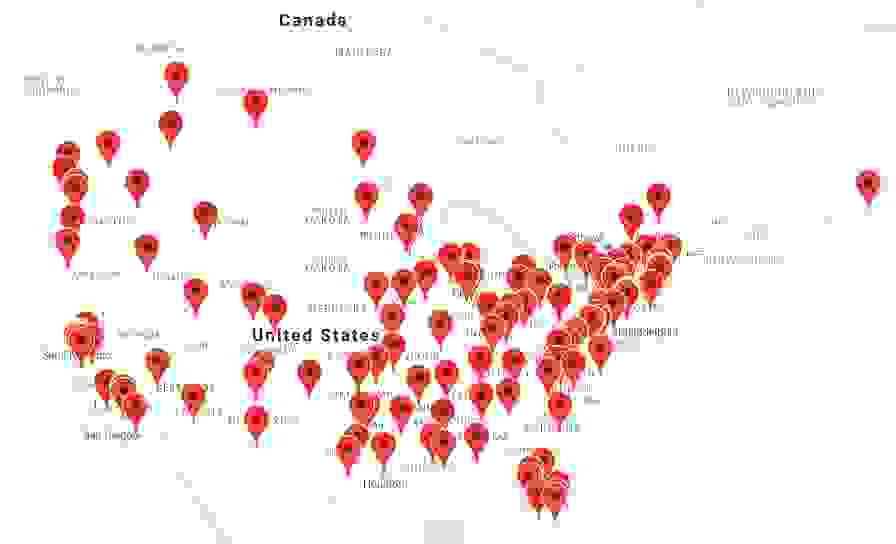Answering the Call
As the opera field converges in Minneapolis for Opera Conference 2022, we examine the community’s response to the national racial reckoning and, more specifically, how the local arts community is exploring new models for equity and inclusion.
It’s 2022 and one shop along St. Paul’s University Avenue still has plywood boards covering its windows. Some of Minneapolis’ police precincts are still surrounded by barricades put up during the uprising two years ago, the tall fencing and barbed wire serving as abrupt reminders of the city’s volatile situation. “We are just one incident away from further unrest,” a police inspector told the local news last year. Those “incidents” have yet to stop. Since the murder of George Floyd in 2020, several more Black people have been killed by Minnesota police: Dolal Idd, Daunte Wright, Winston Smith, Amir Locke. Protest has become routine.
One phrase echoes across Minneapolis: “The world is watching us.” People feel both the weight and energy of being at the nexus of a national racial reckoning.
Since the summer of 2020, Minneapolis’ arts community has been a critical part of the outpouring of aid, calls for togetherness, and new devotion to anti-racism that has swept through the city. Its efforts to mobilize support that summer — donating plywood to board up buildings, painting the city with protest art, hosting food drives, leading anti-racist workshops, and organizing community healing events — were just the start of long-overdue changes to the status quo.
When the pandemic shuttered Nautilus Music-Theater’s doors, Artistic Director Ben Krywosz joined industry colleagues in a series of virtual conversations about how to best respond to community challenges and what strategies existed to shift their desires into action. He sees service and addressing community issues as an important part of the artist’s role.
“As people are grappling with issues around their soul, they turn to the arts,” he says. “We are trained so that if you have a legal problem, you call a lawyer. If you have a medical problem, you call a doctor. And if you have a problem with your soul, you go and listen to some music, read a play, or watch a movie. Art feeds us. It soothes our soul or makes us think differently. It answers some questions or raises some questions, and keeps us alive as human beings dealing with the human condition.”
Racial justice within the arts was also a goal for local leaders. But as Really Spicy Opera Artistic Director and Founder Basil Considine notes, opera in particular struggles to get diverse voices in the pipeline due to culturally unsupportive environments and the high costs of training and stage experience. The organization responded by launching its Aria Institute for Composers and Librettists, an online opera training program, in June 2020.
“When planning the first Aria Institute, we were specifically targeting a demographic that has been strongly underrepresented in opera writing: working mothers with younger children,” he says. “While getting them involved was our first priority, this schedule has turned out to be very accessible to other people as well,” attracting participants who self-identify as people of color, disabled, or LBGTQ.
Krywosz’s solution to the pipeline problem was to diversify the roster of Twin Cities performers through specific development opportunities. Nautilus offered BIPOC-specific scholarships to training institutes in 2020. Building off an existing theater management fellowship, the company is now developing 10 paid performer fellowships for people who are underrepresented in opera.
As Krywosz plans for his eventual retirement, he is also working with artists of color in the transition process to make sure that equity and diversity are major considerations when the organization commissions new works. “We’re really trying to develop a different kind of truly American musical storytelling that acknowledges that the American culture is not a European culture, but that it has evolved over the centuries,” he says. Popular culture in the United States is very rooted in the Black experience; repertoire must reflect that.
Minnesota Opera began shifting its framework in 2015, mandated by the board to study and center its equity work. An important step several years into its journey was incorporating and understanding the desire to become an anti-racist and anti-oppressive organization, and then translating that goal into action. The company has improved its human resources policies and hiring practices. It’s also strengthened a policy that allows stage directors to build non-homogenous design teams, balancing age, gender, and racial diversity.
The unrest and the pandemic upended business as usual, however, and created an opportunity to accelerate this work even more. “The pandemic made it abundantly clear that arts organizations could lose support and close at any time,” says Vice President of Impact Lee Bynum. If companies were going to stay vital organizations for the long term, they had to show up for their communities in the way communities wanted them to.

With this in mind, Minnesota Opera changed initial programming plans in late 2020 and opted to produce The Anonymous Lover, composed in 1780 by Joseph Bologne, Chevalier de Saint- Georges, with a libretto by François- Georges Fouques Deshayes. It was the first time the work of a Black composer was shown on the main stage in the company’s history. “Part of what we have been hearing a lot, especially from Black and Asian audiences, is that the work that is presented about us, for us, and by us is very often focused on our trauma,” says Bynum. “Coming on the heels of one [police officer] trial and just before another, we wanted to produce something that was about joy. And this is an opportunity. You get to see a lot of characters of color experiencing joy and happiness and romance. There isn’t a political agenda to this piece. There aren’t scenes of Black people being brutalized and victimized.”
The temporary shuttering of traditional performances also caused the company to rethink what live performances could look like in the future, and how they could become more accessible to different communities. “A big part of my work has been setting up long-term partnerships that are reciprocal, where we are listening to the partners tell us what is of interest and what would work for them, not just asking them to come to shows,” says Bynum. “We’re having whole conversations with them about ‘How do they want to see their experiences reflected on stage? What makes a piece accessible from a broad variety of angles?’”
Among other things, Minnesota Opera is looking to eliminate barriers tied to opera runtimes, language, and venues. Last fall, through its Ópera Afuera program, it held a Spanish-language concert at a St. Paul soccer stadium designed to engage the Latinx community in Minnesota and spotlighting Latinx singers, directors, and composers, several of whom had a hand in shaping the production. Part of their promotion of the event included personal invitations to Latinx and other organizations that provided an opportunity to connect with Minnesota Opera’s work.
Shifts toward racial justice and centering community needs have been made possible by changing priorities among funders. With more philanthropic organizations acknowledging their role in perpetuating White supremacy comes the increased responsibility to address it.
“Our approach in the Arts and Culture program is reflective of our belief that we’re all in this together,” says DeAnna Cummings, program director at the McKnight Foundation, one of the top funders of the arts across Minnesota. “The organization is thinking about how arts and culture is both a bridge that connects and a mirror that calls out and makes visible our complacency. It is also asking how the arts make healing and justice possible, individually and collectively.”
McKnight’s “strategic refresh” placed equity up with climate change as the top issues of the century, leading to more emphasis on equity in its grant applications and internal reflection about its impact on the arts ecosystem. Through the Arts and Culture program, Cummings says McKnight has historically funded small to mid-sized arts organizations, mainly high-capital and high-quality organizations like ballet companies, orchestras, and museums.
However, around the anniversary of George Floyd’s death last year, it announced nearly $7 million in unsolicited grants to 10 arts organizations that have created “significant impact on our cultural landscape over decades.” In total, $12.6 million in new funding will be distributed over five years to Black, Indigenous, Latinx, and Asian American-led arts organizations and individual artists through a regional initiative called America’s Cultural Treasures in collaboration with the Ford, Bush, and Jerome Foundations.
Cummings said this is in part to recognize that, with the philanthropic sector preferring to provide programmatic support, BIPOC-led organizations have not typically received much support for infrastructure — buildings, professional development, strategic planning, bookkeeping — and this has impacted the long-term health of those organizations and their communities. “By and large, there is an absence of institutions that are led by and rooted in communities of color. There’s a lack of cultural institutions that we can look to and count on to be in existence for multiple generations.” The grants are one step toward changing that.

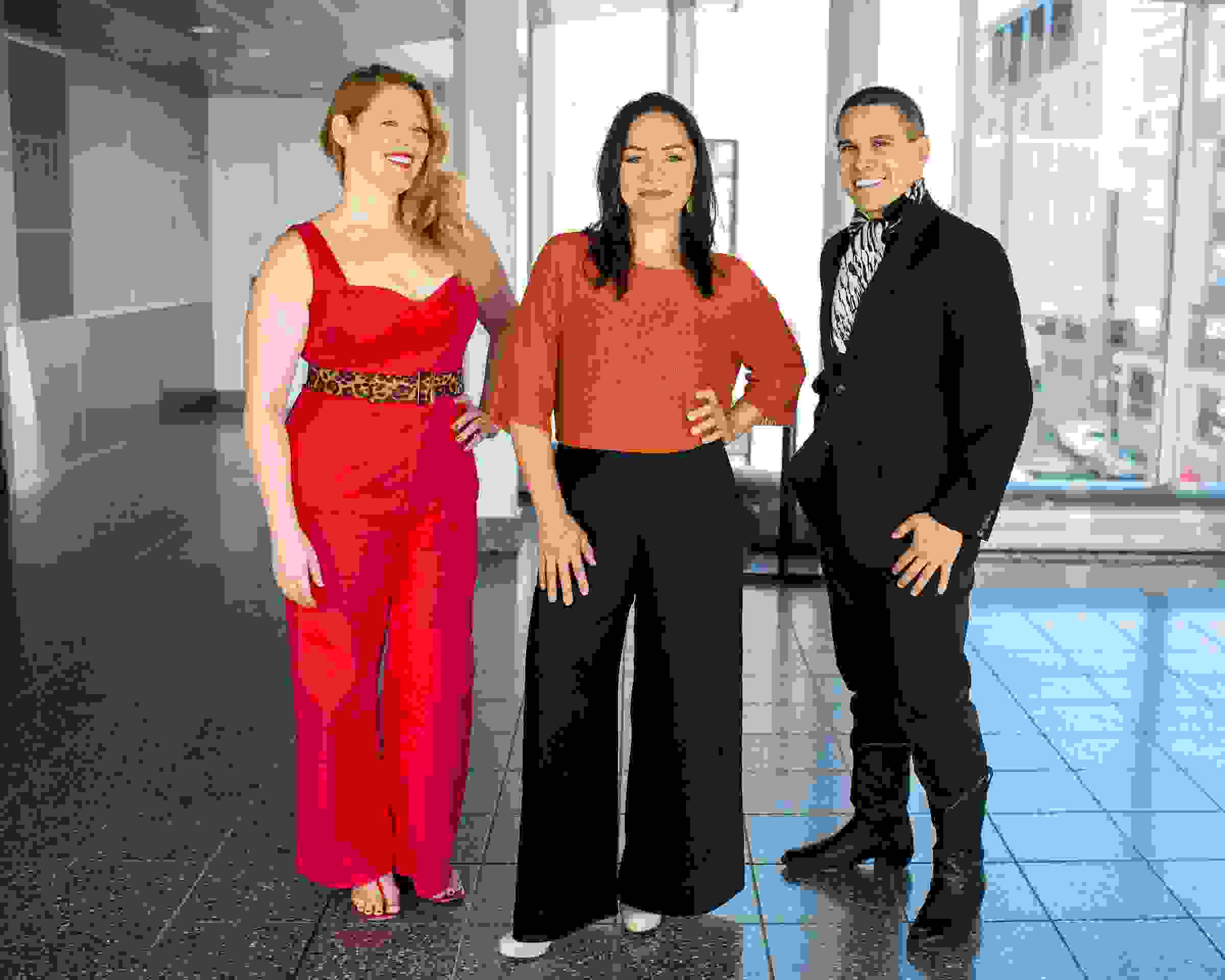
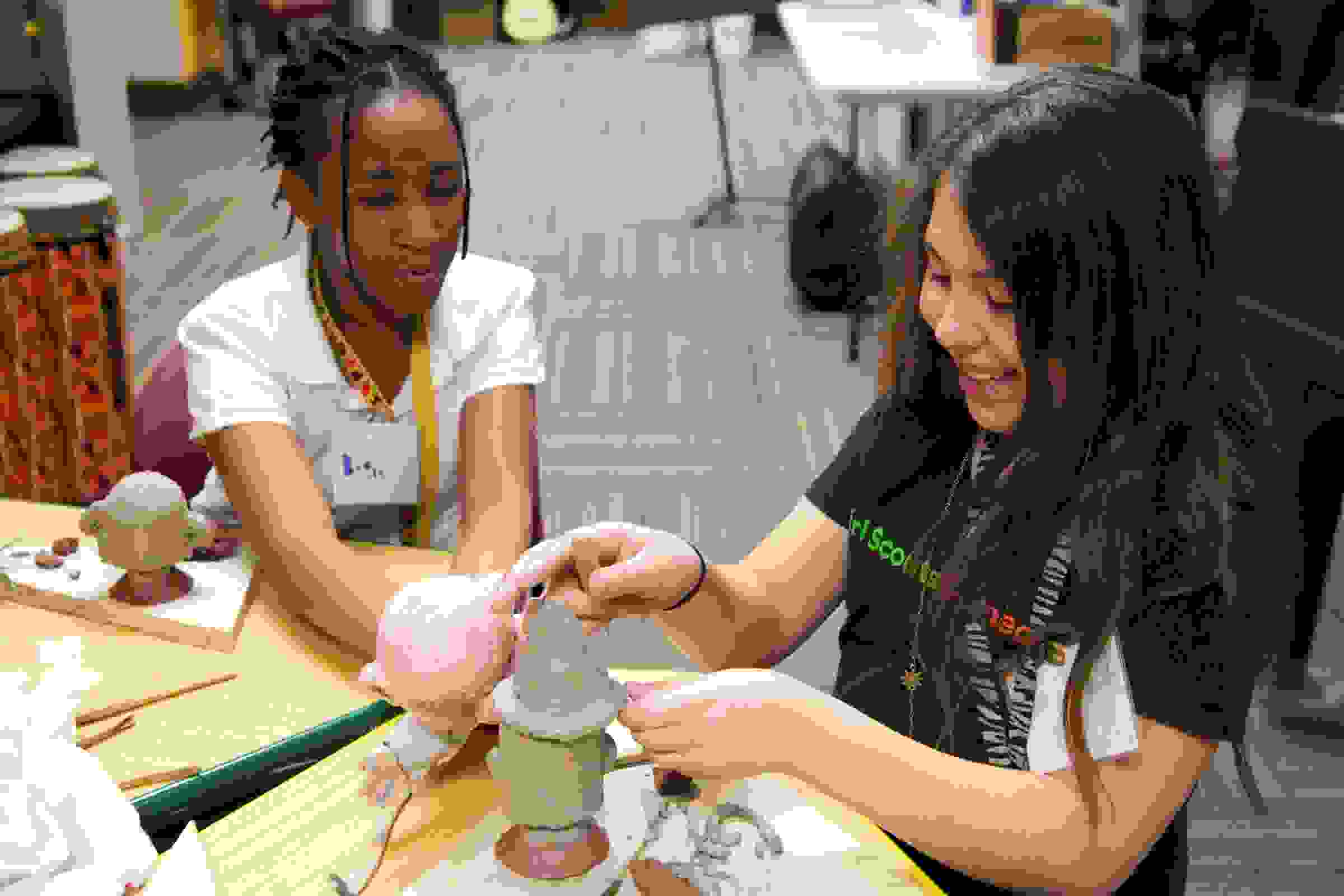
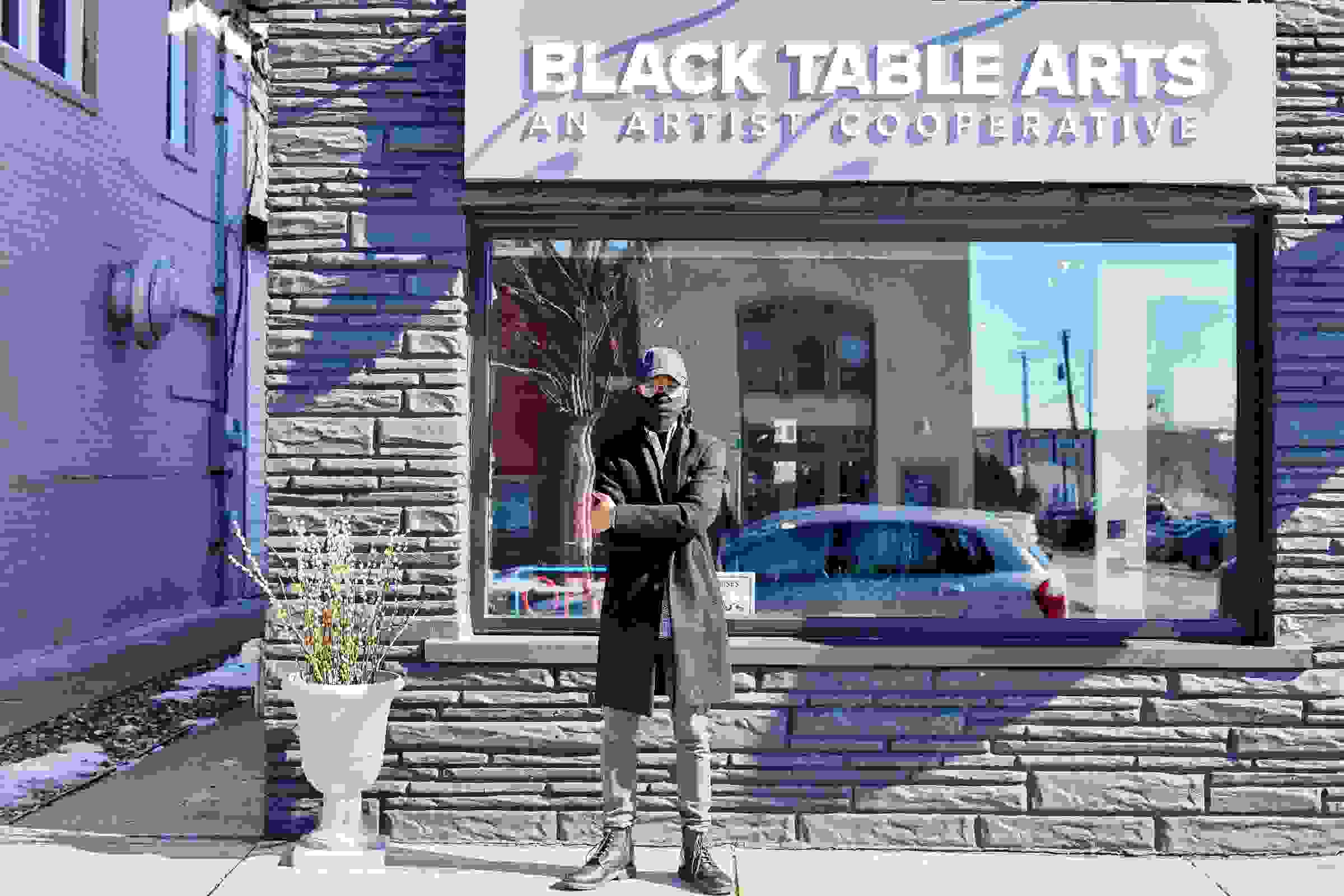
Another goal of this grantmaking approach is to remove inefficient and burdensome application and reporting requirements between the funder and grantees and practice what Cummings calls “trust-based philanthropy.” “These George Floyd grants say, ‘You’ve done good work for decades. We know you will continue to do good work. Your work is critical to the health of our community. Your work honors the memory of George Floyd. Here’s $100,000. Blessings. Keep doing what you do.’”
Artist Keno Evol calls this a “reparational model.” A poet and founder of Black Table Arts, he was able to fulfill a long-term goal of opening an affordable, cooperative coworking space after he received $400,000 in individual donations following George Floyd’s death.
For Black Table Arts, 2020 brought not only funding, but a shift toward one-on-one relationships with artists to support their work. “We have learned that in order to take care of the bigger picture, we have to start taking care of those smaller ones,” said Executive Director Brittany Delaney. “It’s pushed the conversation about self-care. It’s pushed the conversation about mental health. It’s pushed us to think about how we can show up for each other realistically and give tangible support versus a like on Facebook or something far more distant.”
The organization was born in the context of grief, a response to the 2015 shooting of Michael Brown Jr. in Ferguson. Evol says Black Table Arts now serves as a hub for Black togetherness, “a space where we try not to let grief have the last word.” Staff organize meditation and yoga classes, protective gear for protestors, open mics, and study groups. Last year, it funded three artists with an Uprising Black Futures Fellowship to imagine a police-free future and create art around it. This space is valuable as it exists outside the White gaze. “We’re trying to give folks access to just a space to hang out, have conversations, dream about their initiatives safely.”
If the past two years have made anything clear, it’s that there is no single or “right” way for arts organizations to be involved in the conversation about moving equity, inclusion, and racial justice forward, Bynum says. However, “There is a sense that people are looking for more from their cultural anchors. They’re looking for organizations to reflect the multiplicity of voices in the Twin Cities.”
This article was published in the Spring 2022 issue of Opera America Magazine.
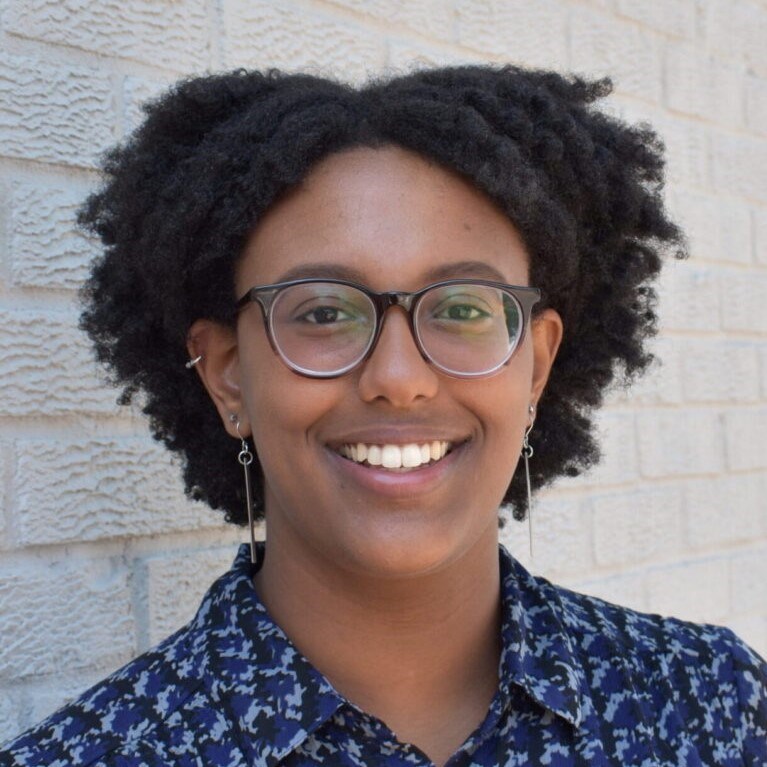
Feven Gerezgiher
Feven Gerezgiher is a freelance journalist based in Saint Paul, Minnesota.




